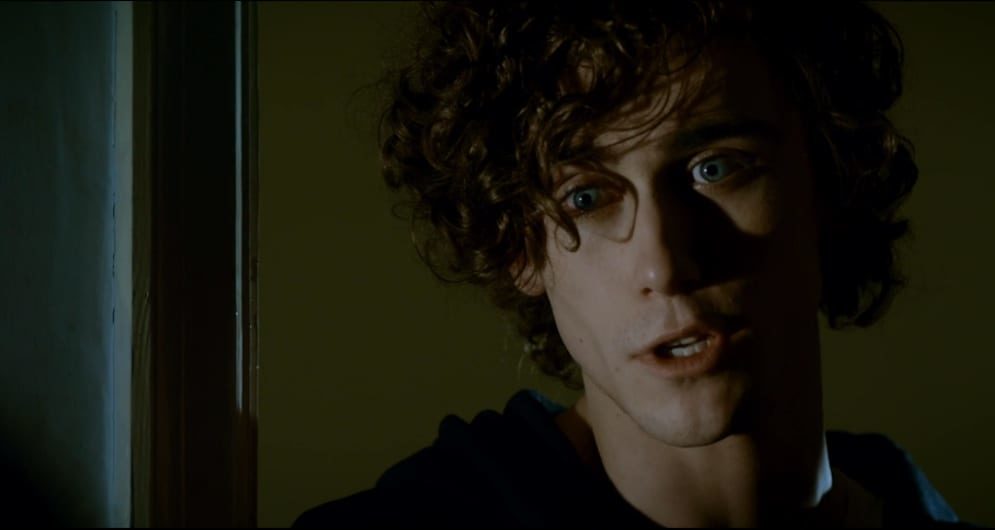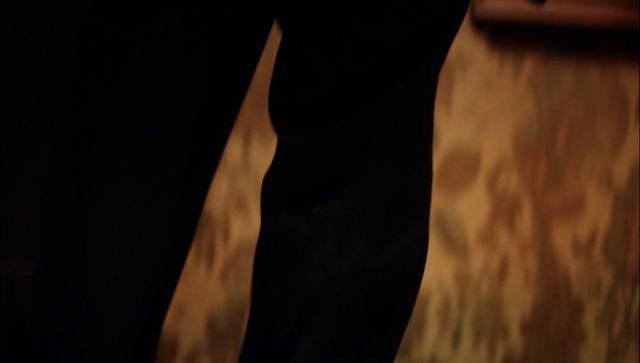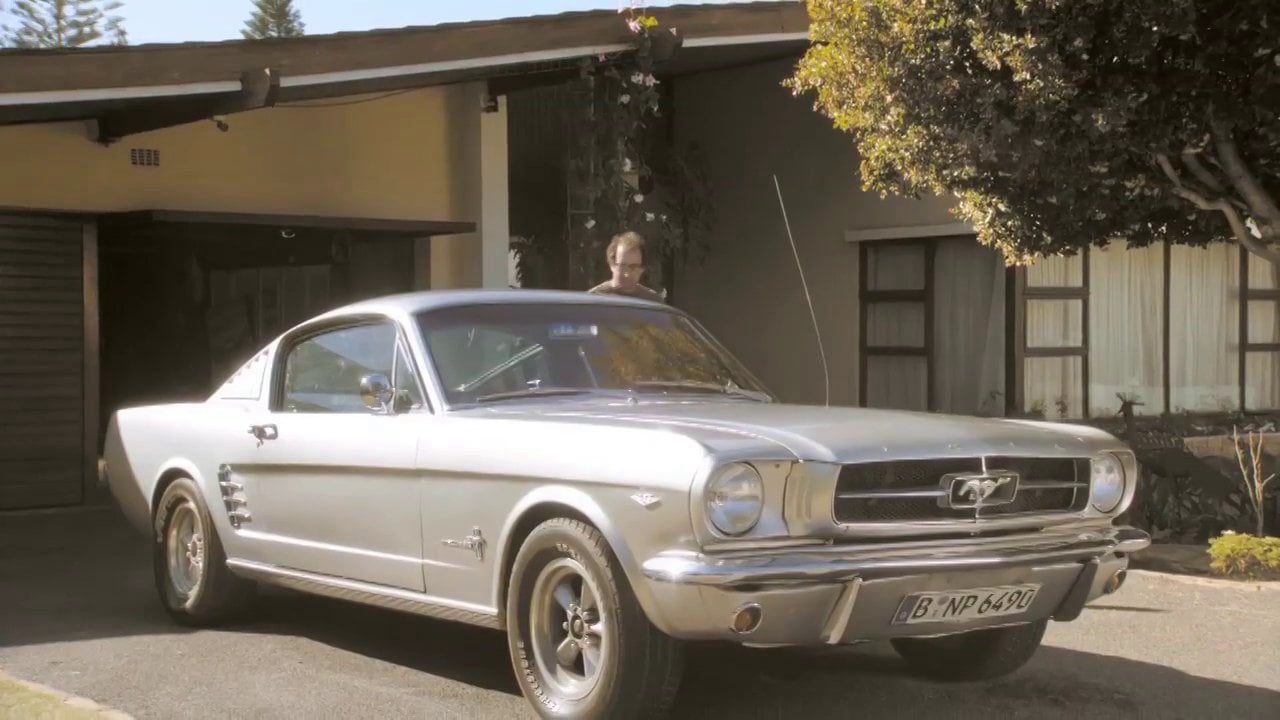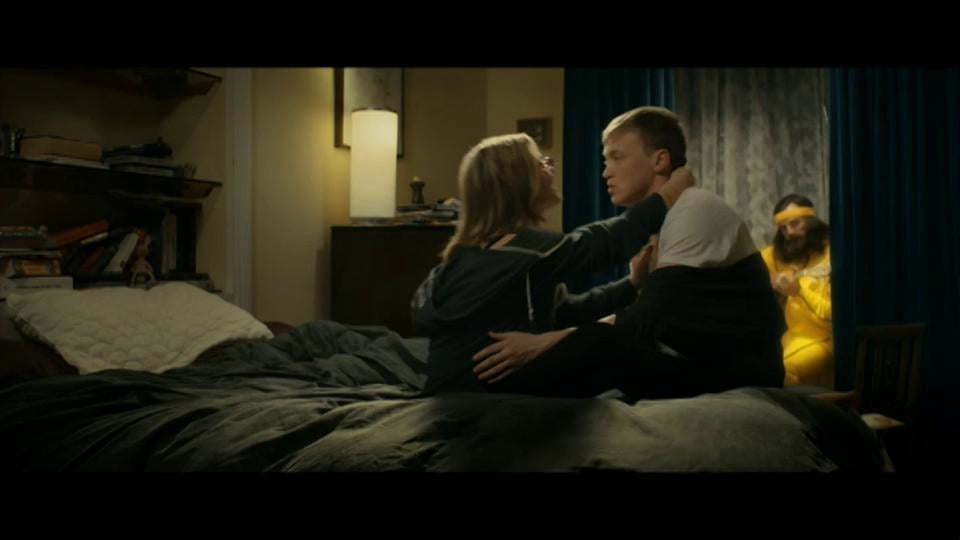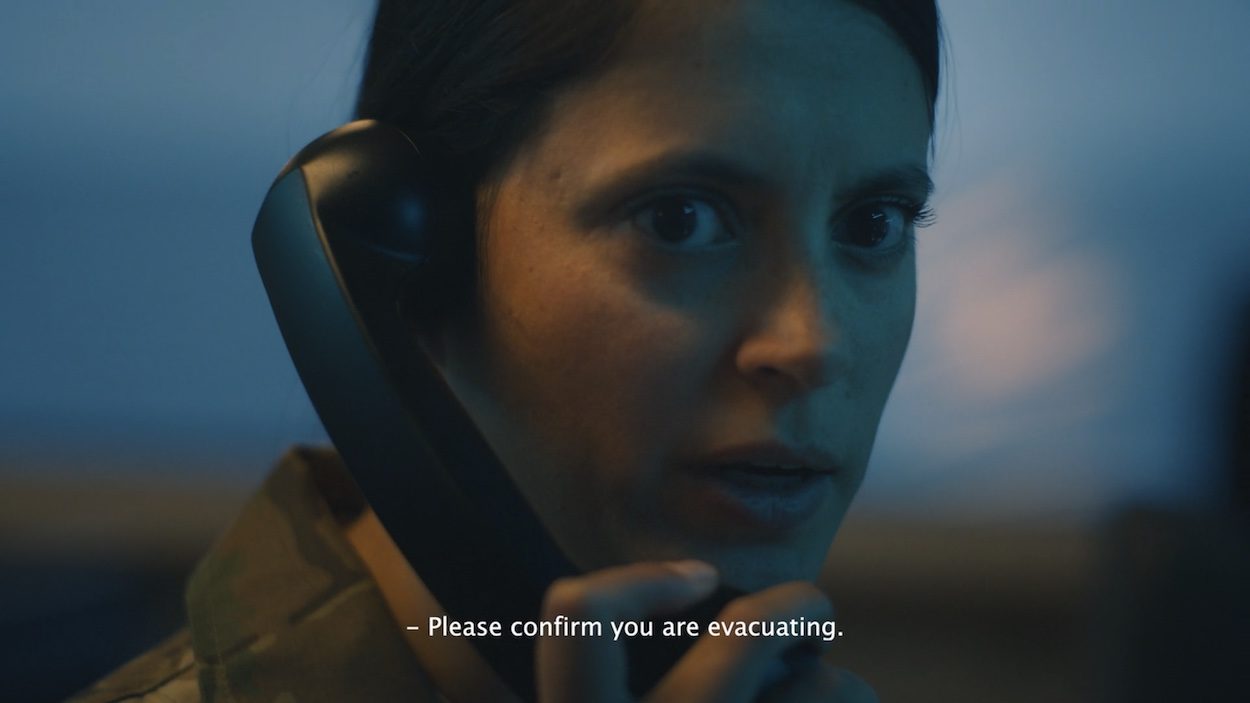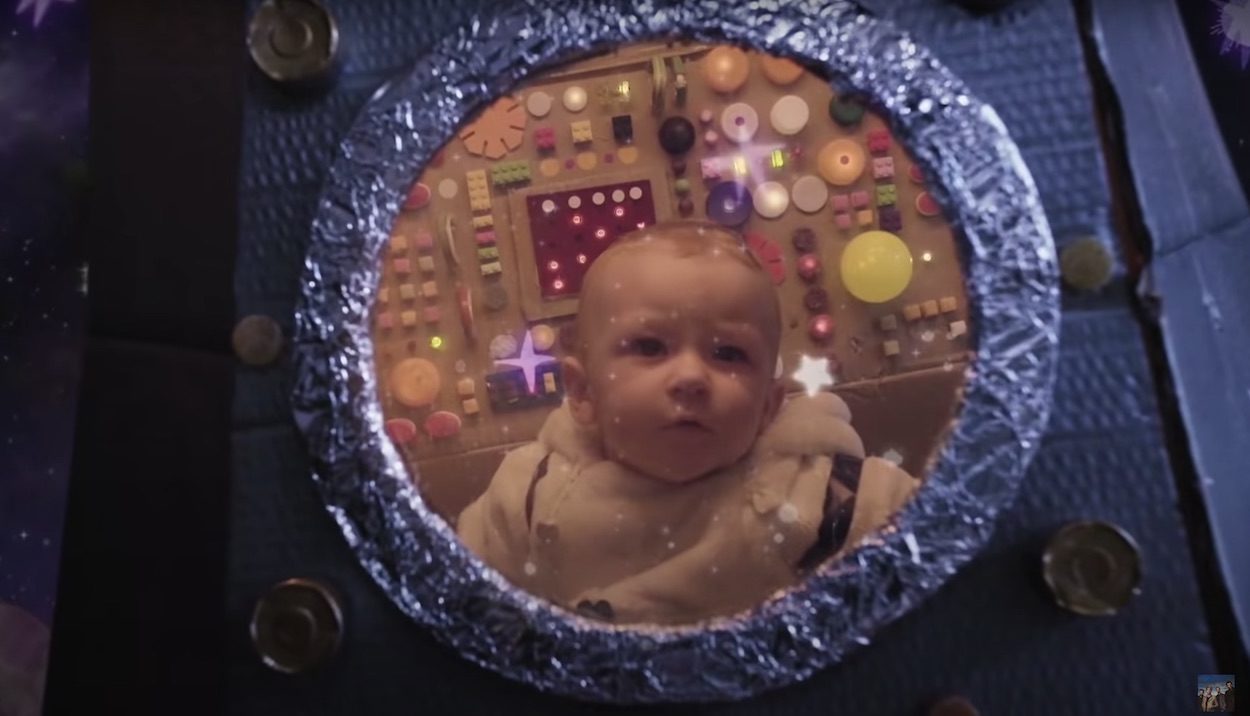A potted history of your working life please – this far! Also did you study film?
I did! I studied cinematography in college and shot a whole lot of stuff for anyone that would let me. Learnt a lot about visual language and focused a lot of attention on the aesthetics of a frame. I left college and kept shooting but also started directing a bit. Then set up a production company in Dublin called Tidal. That was two years ago and I have been directing ever since. Signed to Sonny in London and Moonwalk in Paris this year.
When did you decide you wanted to direct?
I’ve loved cameras and making little films since I was 9 pretty much. A friend and I used to remake our favourite movies. Jurrasic Park, Blade Runner, and Terminator all got the high 8 treatment. Once I went to college, I always had it in the back of my mind I would direct, I just thought it made sense to study a craft as being taught how to direct seems a bit mad to me. It’s all too subjective!
Tell us please how the RSA, Loaded Weapon, spot came about.
The brief was pretty loose actually and the budget was pretty tight. They wanted guns used as a metaphor for dangerous driving amongst young guys. It was one of the first briefs I got from an agency (the luck!) and straight away a lot of imagery came rushing in. I wanted to give it the feel of a movie trailer. You always want to try and talk to people in a visual language they are interested in and they will respond to so ‘movie trailer’ seemed like a suitable one for a project aimed at teenagers. From there, I spent a lot of time driving around Dublin trying to find imagery and locations that would suit this ‘trailer’ feeling. The style/mood I pitched was all about capturing that ethereal, slightly panicked feeling you have as a teenager. Everything is steeped in uncertainty and fear but also a sort of ‘Live forever’ mentality that comes with youth. The way certain memories are always heightened and magical because you are starting to feel like a totally independent individual for the first time.
How do you think out your visuals – methodically with notebook and pen taking notes or sketches or do you just let the visuals form in your mind over time?
There are steps I guess. What happens in your mind when you first read a brief/script? I think it helps to write down things as you read scripts for the first time. There are always spare images in your head lying around that you are dying to use. I find music really helps. Once you get a good track reference you can start laying down images over the music (with adobe or final cut) and from there a lot of solid useable imagery starts to emerge. A mood film. Once you get all that stuff more or less in place you can start to have fun with the camera and its capabilities.
Did you storyboard each scene or was there quite a lot of spontaneous filming with a shots list?
I didn’t stroyboard this project. I had sections in my head and I had a wish list for each section. So it started in the house. Then getting into the car section. Then the car traveling section. Then each guy had his ‘horseplay’ moment and so on. I sketched out some of the trickier parts to make sure they would translate okay. Un-natural things like tracking alongside the car with the doors off.
The night time atmosphere of the spot is beautifully shot, with wonderful lighting. In terms of cinematography, how tricky was it to capture that light and atmosphere?
Ruairi O’Brien shot the commercial and did a great job with the overall look. We shot one day around the place and one day in studio for all the interior car stuff. Then separate to the shoot we shot some plate stuff and we shot with a stills camera to achieve that streaky effect, using an introvelometer with 1 second exposures. The car in the commercial was my car. This meant we could experiment with the exterior car shots over a couple of nights while the piece was being edited. It was really quite nerve wrecking going into the edit as there were a lot of elements that needed to match up.
Please tell us about your decisions to film at the slow pace, and what camera and kit you used to get the affect. Also was there much post work or was it nearly all filmed in camera?
The slow motion was one of the first ideas we had. Once the guys get in the car, the world should slow down and become a little weird. It seemed to suit this very weird concept. It also allowed the visual metaphor of the guns to exist in a real way. This approach led us to shoot the car interiors in studio against green screen. Again, to try and create a world that was a little hyper real and exaggerated so the effect of the guns would be a little less jarring. We shot on the RED camera mostly. All the exterior car stuff was 5D. It seemed like a nice way to separate the two worlds. The smooth, falsely safe, hyper real interior against the jagged, rough, and genuinely dangerous exterior.
What were the main challenges of the production and how did you overcome them?
I guess the main challenge was getting all the material we needed in the time we had, with the money we had. The way we worked around this was to use my car and that way I could experiment with the stills technique. Other then that Rebecca Bourke and Michael Donnelly did a great job of producing the piece. Windmill lane post also did us a huge favour with the deal they did. It was quite a post heavy piece.
It’s notoriously difficult filming in cramped car situations. How did you manage this?
The first thing I thought after reading the brief was we had to do it green screen. There was just too much action to try and do it in a moving car. This allowed us to shoot through windows and remove doors, making the whole thing a lot easier. It also meant we had control over the backgrounds in post.
The casting is spot on, was it straightforward finding the right actors?
It was actually fairly straight forward. Casting can sometimes be such a nightmare but the three guys we went with were all very outspoken, confident guys who really got along which helped a lot. They were all quite distinctive guys too which was really important for me.
Where were you brought up? Did creativity play a role in your childhood?
I was brought up in Dublin. Creativity was a big part of my life, it was pretty clear early on that I was shit at maths and good at coming up with stories as to why I hadn’t done my maths homework. I think you really shape your creativity if you hang out with other creative people and thankfully, as a kid, I did.
What is your current plan?
I am working on a high concept trailer for a pretty crazy script I wrote at the moment. That will hopefully be done this time next year so that should be an interesting project. If it goes to plan it will be a really ridiculous and fun piece of work. I am also hoping to build on my production company TIDAL that I have set up with two producers in Dublin. I also have a script in the works based on the ‘All I want’ video that was also Nominated at the YDA this year.
What would your dream script be?
Something crazy and interesting that went on for months and brought the production around the globe. That would be a dream script!
